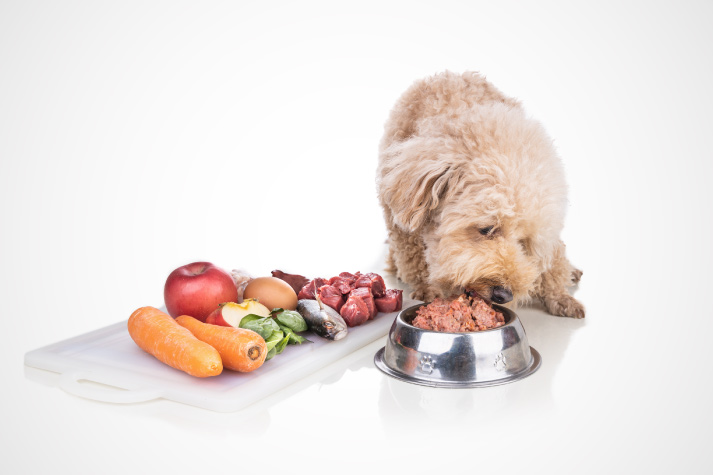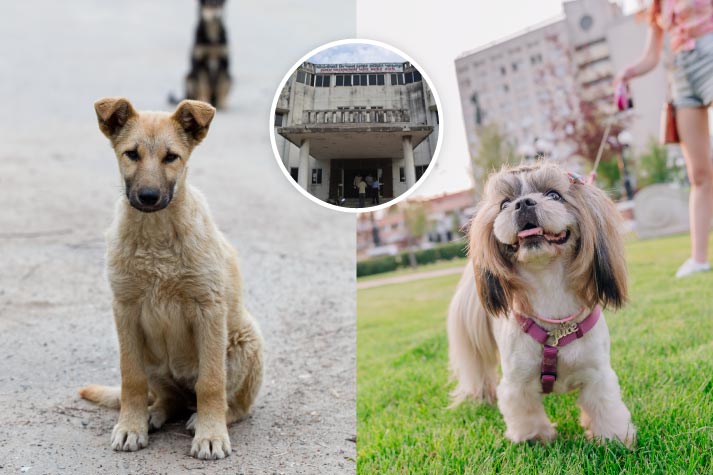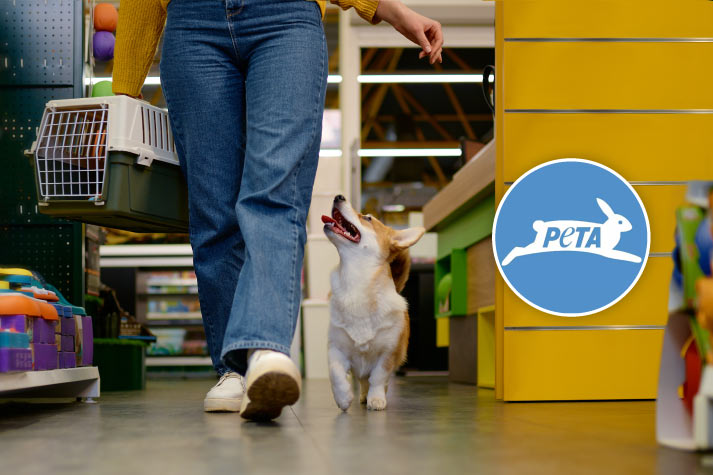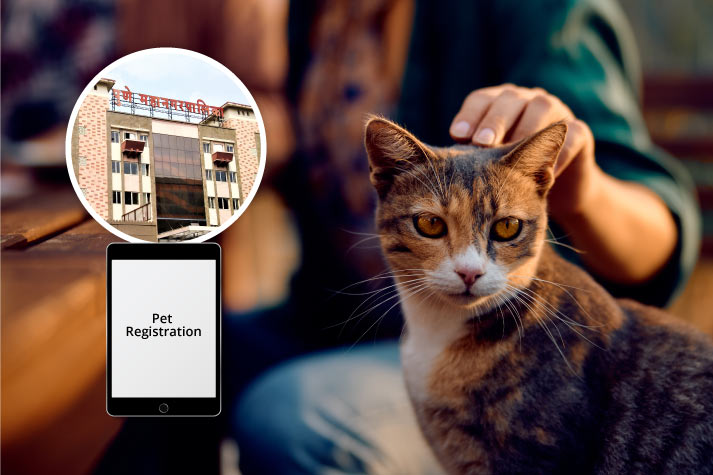
29 May
How to Turn Your Pets Diet from Harmful to Healthy
Much like us humans, our pets need a complete and balanced diet to grow and develop properly. When combined with regular exercise and mental enrichment, a balanced diet will help your pet grow and thrive in their environment.
It is important to note that obesity is among the most prevalent conditions in pets today. With a little planning and a small amount of prep, you can avoid such dangerous health conditions and ensure your pet lives a healthy and happy life.
Here Are A Few Tips on How to Make Your Pet’s Diet Healthy and Balanced
Planning a Healthy & Balanced Diet
Choosing the right pet foods while planning a diet can be confusing, given the plethora of options available on the market today. Here are a few things to consider when selecting a pet’s food.
- Choose a reputable & high-quality pet food brand - High-quality products understandably command a premium over lower-quality ones, but you should still only opt for a high-quality pet food brand. Low-quality brands can use fillers and low-quality ingredients, meaning they often do more harm than good. Reputed pet food brands spend lots of time on research and development for high-quality pet foods, which help provide balanced nutrition for a pet’s current stage of life.
- Choose a diet that suits your pet’s current developmental needs - Each pet has a different set of dietary and nutritional requirements. An elderly pet has different dietary requirements than those of a younger pet, with different nutrients being required in different proportions. Similarly, a pregnant pet will require a different diet than a puppy who is still growing. You should choose your pet’s food depending on their current stage; a kitten will have different dietary requirements than a senior cat, even if they are the same breed.
Consulting Your Vet
Making unknown or unmeasured changes to your pet’s diet can lead to trouble; for the best results, you should always consult your vet before making any dramatic changes to your pet’s diet and routine. Pets are creatures of habit, so any changes to their diet and routine must be made slowly.
Your vet considers several factors like age, weight, breed, and so on to then prescribe a diet which will fulfil your pet’s dietary requirements without loading them with extra pounds. You can ask for this daily intake to be split into easier-to-use measurements, so you know how many cups or scoops to give your pet per meal. You may need a measuring cup for this if you aren’t using one already.
Implementing Dietary Changes
Visiting your vet is necessary before making any changes to your pet’s diet. Your vet takes several factors like age, weight, breed, and so on to then prescribe a diet which will fulfil your pet’s dietary requirements without loading them with extra kilos.
Once you have consulted your vet and received a diet plan for your pet, it is time to implement these healthy changes to their diet and routine slowly. Here are a few ways you can do so.
- Serve Healthy Treats Instead of Sugary Ones - Treats are an important part of day-to-day life with a pet, even more so if your pet is food-driven. Since store-bought treats can be high in calories, substitute them for healthier alternatives like frozen fruits. Make sure to consult your vet about treats and snack time while you’re making your diet plan.
- Stop Serving Table Scraps - Most of what we eat can be slightly or severely detrimental to our pet’s health. Human foods are often high in fats, carbohydrates, and sugar, making them unhealthy for our pets to eat. When plotting a diet chart, it is best to steer clear of human foods and avoid table feeding your pet, as it will only add unnecessary calories and increase the risk of your pet eating something toxic to them.
- Measure the Calories Per Serving - If your pet consumes more calories than it burns, it will gain weight, and vice versa. Overfeeding or free feeding is usually the main reason for a pet being obese, as in these situations a pet is free to eat as much as it wants without the necessary exercise to balance it out. You can ask your vet for a breakdown per serving, so you know how many cups or scoops to give your pet per meal and use a measuring cup to make sure you don’t overfeed.
To conclude, while a healthy diet may seem like a massive change, the reality is you’ll have no trouble once you implement the diet itself. Remember to visit your vet with your pet, and once you have a portion size you can measure out for each meal, stick to it. Healthier treats can supplement your pet’s healthier diet and help prevent obesity, and for pet owners, it is our responsibility to do right by our pets. If your pet is a fussy eater or if you embark on frequent pet travel, you can try mixed feeding for an adequate food intake.






AUTHOR’S BIO
Carry My Pet
Passionate pet enthusiasts and globetrotters, dedicated to easing furry friends' journeys worldwide. Penning tales of compassion at CarryMyPet, where every relocation is a tail-wagging adventure.